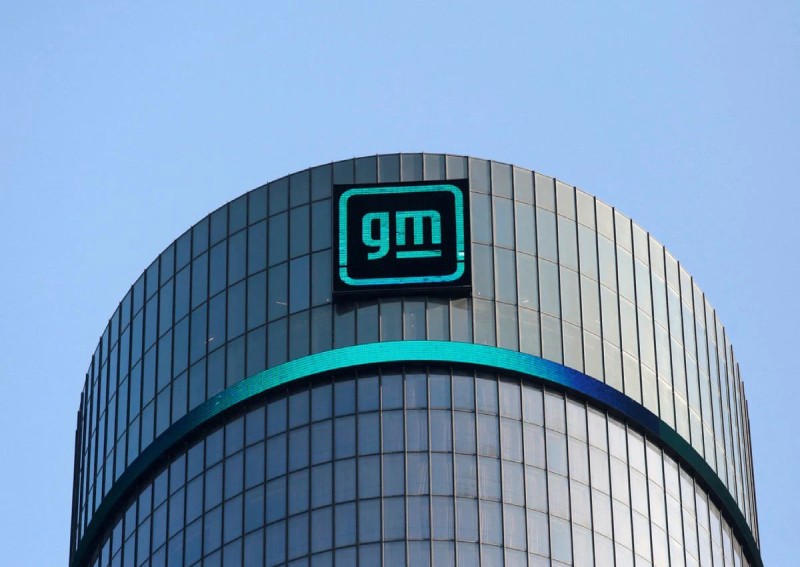Honda, GM, Cruise plan to begin Japan driverless ride service in early 2026


TOKYO — Honda Motor said on Thursday (Oct 19) that it aims to set up a joint venture with General Motors (GM) and Cruise to begin a driverless ride service in Japan in early 2026.
The three companies aim to establish the joint venture in first half of 2024 pending regulatory approval, the Japanese company said in a statement without providing financial details.
Cruise, GM's robotaxi unit, now offers limited ride services in San Francisco, as does rival Waymo operated by Alphabet. Honda said in 2018 it would invest US$2 billion (S$2.7 billion) in Cruise over 12 years.
The companies hope to commercialise autonomous vehicles at scale in Japan with the joint venture, said Cruise's chief executive, Kyle Vogt, adding the company was already operating commercially in four cities in the US.
Vogt said it was hard to say whether offering a driverless ride service in Tokyo posed a unique or distinct challenge for the company.
"I will say in San Francisco, we do see go-karts. We see people juggling. We see donkeys in the street in Austin where we test, and so the range of the situation that our AVs (autonomous vehicles) have encountered is quite broad," he said.
The Cruise Origin vehicle was jointly developed by GM, Cruise and Honda. The Japan service is planned to launch in central Tokyo, using dozens of Origins before expanding to a fleet of 500 vehicles, Honda said in its statement.
Honda Chief Executive Officer Toshihiro Mibe said the company will use Chevrolet Bolts in the run up to starting the service in the Japanese capital before deploying the Origins.
The companies plan to later broaden the service to areas beyond central Tokyo, Honda said.
Customers will use a smartphone application to hail rides and make payments, according to the statement.
US auto safety regulators earlier this week opened a probe into whether Cruise is taking sufficient precautions with its autonomous robotaxis to safeguard pedestrians.
Commenting on the probe, Vogt said safety was the company's top priority, adding that it would help regulators with the "very difficult" job of regulating emerging technologies like this.
"Mechanisms like this, preliminary investigations, are one of the tools that regulators use to learn more about the technology and to understand its impact," he said.
ALSO READ: Baidu wins licence to operate driverless taxis in Shenzhen